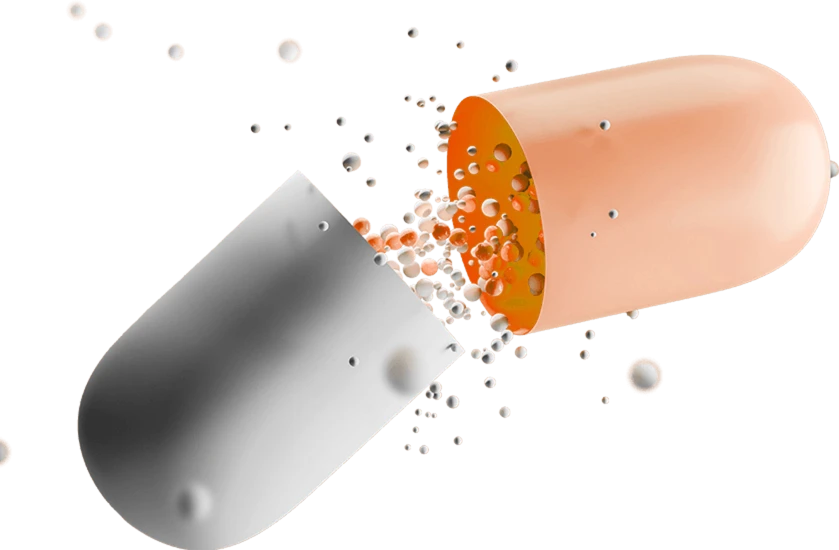- Afrikaans
- Albanian
- Amharic
- Arabic
- Armenian
- Azerbaijani
- Basque
- Belarusian
- Bengali
- Bosnian
- Bulgarian
- Catalan
- Cebuano
- Corsican
- Croatian
- Czech
- Danish
- Dutch
- English
- Esperanto
- Estonian
- Finnish
- French
- Frisian
- Galician
- Georgian
- German
- Greek
- Gujarati
- Haitian Creole
- hausa
- hawaiian
- Hebrew
- Hindi
- Miao
- Hungarian
- Icelandic
- igbo
- Indonesian
- irish
- Italian
- Japanese
- Javanese
- Kannada
- kazakh
- Khmer
- Rwandese
- Korean
- Kurdish
- Kyrgyz
- Lao
- Latin
- Latvian
- Lithuanian
- Luxembourgish
- Macedonian
- Malgashi
- Malay
- Malayalam
- Maltese
- Maori
- Marathi
- Mongolian
- Myanmar
- Nepali
- Norwegian
- Norwegian
- Occitan
- Pashto
- Persian
- Polish
- Portuguese
- Punjabi
- Romanian
- Russian
- Samoan
- Scottish Gaelic
- Serbian
- Sesotho
- Shona
- Sindhi
- Sinhala
- Slovak
- Slovenian
- Somali
- Spanish
- Sundanese
- Swahili
- Swedish
- Tagalog
- Tajik
- Tamil
- Tatar
- Telugu
- Thai
- Turkish
- Turkmen
- Ukrainian
- Urdu
- Uighur
- Uzbek
- Vietnamese
- Welsh
- Bantu
- Yiddish
- Yoruba
- Zulu
Dec . 11, 2024 02:59 Back to list
Exploring the Impact of Animal Antibiotic Use on Health and Environment
The Role of Antibiotics in Animal Agriculture A Double-Edged Sword
The use of antibiotics in animal agriculture is a topic that sparks considerable debate among farmers, veterinarians, policymakers, and consumers alike. In recent decades, the practice has become increasingly common, raising both the productivity of livestock and concerns about human health due to antibiotic resistance. This article aims to explore the role of antibiotics in animal farming, the benefits and challenges associated with their use, and potential pathways for a more sustainable approach.
Understanding the Use of Antibiotics in Animal Farming
Let’s begin by examining why antibiotics are used in animal agriculture. Primarily, they serve two key functions therapeutic and preventative. Therapeutic use involves treating sick animals, while preventative use includes administering antibiotics to healthy animals to prevent disease outbreaks in densely populated farming conditions. Additionally, antibiotics have been shown to promote growth in livestock, a practice that has become increasingly scrutinized due to its implications for human health.
The benefits of using antibiotics in animal agriculture cannot be overlooked. Improved health in livestock leads to higher yields, ensuring a more stable food supply and economic stability for farmers. The ability to quickly address diseases can prevent large-scale outbreaks that would not only be costly to producers but could also lead to food shortages. Moreover, antibiotics have played a crucial role in advancing animal welfare by allowing for more humane management of diseases.
Concerns about Antibiotic Resistance
However, the use of antibiotics in farming poses significant ethical and health challenges. One of the most pressing concerns is the development of antibiotic-resistant bacteria, which can emerge from the excessive and inappropriate use of these drugs in veterinary medicine. When animals are given antibiotics routinely, it can lead to the development of resistant strains of bacteria that can potentially be transmitted to humans through the consumption of meat or through environmental exposure.
The World Health Organization (WHO) has raised alarms about this issue, emphasizing that antibiotic resistance is a global health threat. The overuse of antibiotics is believed to be one of the key reasons why certain bacterial infections are becoming untreatable in humans. This has resulted in increased hospital stays, higher medical costs, and greater mortality rates.
animal antibiotic

Regulatory Actions and Sustainable Practices
In response to these concerns, many countries have begun to implement regulations aimed at curbing the unnecessary use of antibiotics in agriculture. These include bans on the use of antibiotics for growth promotion and stricter guidelines for therapeutic use. In the European Union, for example, stringent measures have been adopted to reduce antibiotic use in farming, with noticeable impacts on public health. Similar initiatives are gaining traction in other regions, including North America, where stakeholders are working together to create responsible antibiotic use strategies.
Moreover, there is a growing trend toward adopting alternative farming practices. Probiotics, prebiotics, and vaccines are being explored as substitutes for antibiotics, enabling farmers to maintain animal health without contributing to resistance development. Enhanced biosecurity measures and improved husbandry practices can also significantly reduce the incidence of diseases in livestock, thereby decreasing the reliance on antibiotics.
The Path Forward
The challenge ahead lies in balancing the need for effective disease management in animal agriculture with the necessity of preserving human health. Stakeholders across the board—including farmers, veterinarians, consumers, and policymakers—must collaborate to develop sustainable practices that minimize antibiotic use without compromising the welfare of livestock or food security.
Public awareness plays a critical role in this context. Consumers increasingly demand antibiotic-free meat and poultry products, pushing producers toward more responsible practices. As the public becomes more educated about the implications of antibiotic use, stakeholders are likely to address these issues more urgently.
Conclusion
The use of antibiotics in animal agriculture is undoubtedly a multifaceted issue that requires careful consideration. While antibiotics have contributed significantly to livestock productivity and welfare, their potential to foster antibiotic resistance poses a grave threat to both animal and human health. By adopting responsible use practices and exploring alternative methods for disease control, we can work toward a future that prioritizes sustainability and public health. The road ahead will be challenging, but with a coordinated effort, it is possible to strike a balance that benefits farmers, consumers, and the broader ecosystem.
-
Guide to Oxytetracycline Injection
NewsMar.27,2025
-
Guide to Colistin Sulphate
NewsMar.27,2025
-
Gentamicin Sulfate: Uses, Price, And Key Information
NewsMar.27,2025
-
Enrofloxacin Injection: Uses, Price, And Supplier Information
NewsMar.27,2025
-
Dexamethasone Sodium Phosphate Injection: Uses, Price, And Key Information
NewsMar.27,2025
-
Albendazole Tablet: Uses, Dosage, Cost, And Key Information
NewsMar.27,2025













